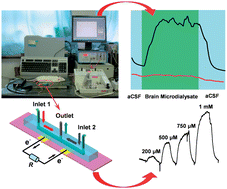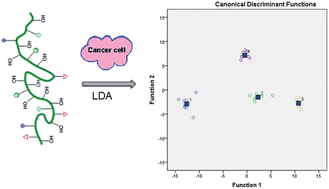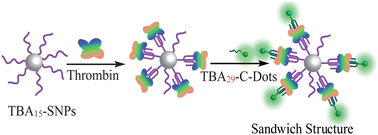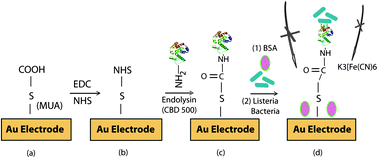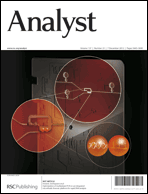Scientists in Denmark have designed a new sensor to detect cells that over-express folate receptors, including cancer cells. Jaime Castillo-León from the Technical University of Denmark and colleagues’ sensor consists of an electrochemical platform composed of graphene and peptide nanotubes with folic acid.
Cancer cells have a high requirement for folic acid as it is necessary for their metabolism, so the cells have 500 times more folate receptors compared with a healthy cell, explains Castillo-León. The receptors are like antennas on the surface of the cell membrane that seek out folic acid. The cancer cells interact with the electrochemical platform, resulting in a decrease in the current being measured. The sensor allows the detection of cancer cells at a concentration as low as 250 cells per millilitre.

The nanotube–folic acid modified graphene electrode; the interaction between folic acid and folate receptors on HeLa cells
To read the full article visit Chemistry World
Detection of cancer cells using a peptide nanotube–folic acid modified graphene electrode
John J. Castillo, Winnie E. Svendsen, Noemi Rozlosnik, Patricia Escobar, Fernando Martínez and Jaime Castillo-León
Analyst, 2013, Advance Article
DOI: 10.1039/C2AN36121C











